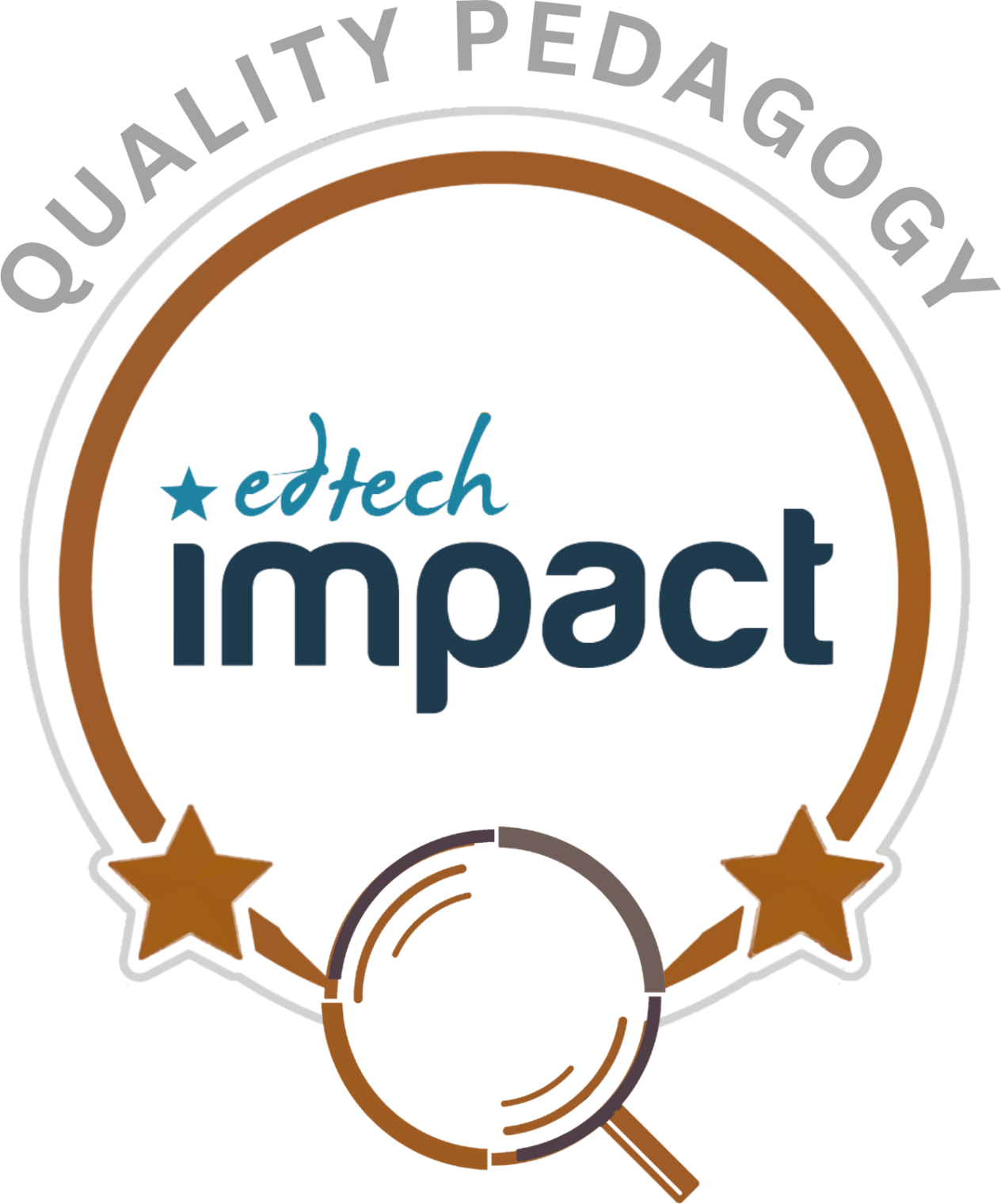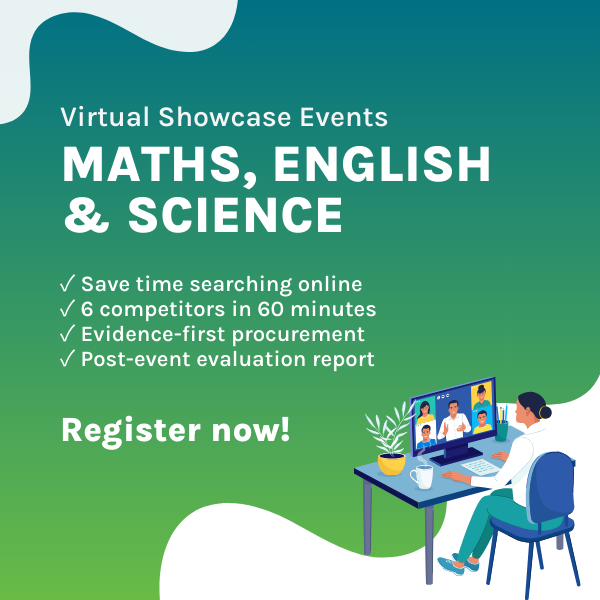What is Digify Africa?
Digify Africa is a youth-led organization that is at the forefront of shaping Africa’s digital future. Our mission is to bring digital skills to young people across all communities through our various programmes and trainings. Using a blended learning approach, we are able to deliver immersive and impactful learning experiences. Our programs equip young Africans with in-demand digital skills and competencies that can help them start and grow careers and businesses in the new digital economy.
Compare Digify Africa with...
Answer a few questions to help the education community
Have you used Digify Africa before?
Pedagogy
Certified by Education Alliance Finland,
EAF Evaluation is an academically-backed approach to evaluating the pedagogical design of a product. EAF evaluators assess the product using criteria that covers the most essential pedagogical aspects in the learning experience.
PassiveActive
Digify Africa lets the learner to engage with the content at their own pace and with bite sized sessions. The topics can be explored in any order, and there are multiple ways how the content is delivered - text, images, videos, voice messages.
RehearseConstruct
The learner is guided to make choices based on what has been learned - the profile function and test tells the learners what they have mastered. Since some courses are meant to be used with very little digital skills, it is good that every task is accessible to all users, and start from very basics. The learner can explore the tool and determine what they wish to learn.
LinearNon-linear/Creative
Although the topics are organized in a clear chapters, It is really great that the user can decide which content they would like to work on first. The profile shows the progression and if you pause learning, the system remembers where you were and you can proceed easily.
IndividualCollaborative
The user has autonomy over their learning, deciding what, how, and when to learn. Their progress is not dependent on others, although there is a small social/competitive aspect in learning in a form of a leaderboard. Chatting with the bot gives at least a feeling of social interaction.
Learning goals
Certified by Education Alliance Finland
The supported learning goals are identified by mapping the product against the selected reference curriculum and soft skills definitions most relevant for the 21st century.
- Practicing persistent working
- Encouraging the growth of positive self-image
- Encouraging positive attitude towards working life
- Practicing versatile ways of working
- Building common knowledge of technological solutions and their meaning in everyday life
- Understanding and practicing safe and responsible uses of technology
- Encouraging to build new information and visions
- Supporting student to build their own linguistic and cultural identity
- Learning to find the joy of learning and new challenges
- Enabling the growth of positive self-image
- The pupil understands that multiple sources and approaches may change interpretations.
- The pupil knows different ways of presenting and visualising information. The pupil is able to choose appropriate methods and tools for presenting information.
- The pupil is aware of phenomena related to the advancement of AI.
- Practicing to find ways of working that are best for oneself
- Practicing communication through different channels
- Learning decision-making, influencing and accountability
- Learning to understand people, surroundings and phenomenons around us
- Learning to notice causal connections
- Practicing memorizing skills
- The pupil able to sign into any pupil management system that may be in use and familiarises himself or herself with its use.
- The pupil is able to open and exit applications and move between them.
- Understanding and practicing safe and responsible uses of technology
- Encouraging the growth of positive self-image
- Using technological resources for finding and applying information
- Recognizing habits that are good for sustainable living
- The pupil understands how online information has been created.
- The pupil is able to search for information on topical issues and phenomena.
- The pupil knows how to make observations based on different sources of information in his or her everyday life.
- Understanding technological system operations through making
- The pupil knows how to create simple search words.
- The pupil is able to use digital services that are important in his or her everyday life and understands their main operating principles.
- Learning to plan and design own written content and textual representations
- Familiarizing with the influences of media and understanding its affordances
- Learning to view and consider media and advertising critically
- Practicing to find, evaluate and share information
- Practicing to use information independently and interactively
- Using technology as a part of explorative and creative process
- Realizing the connection between subjects learned in free time and their impact to skills needed at worklife
- Practicing to evaluate one's own learning
- Practicing decision making
- Learning to plan and organize work processes
- Learning consumer knowledge and smart economics
- Practicing to take responsibility of one's own learning
- Enabling the growth of positive self-image
- The pupil recognises and is able to use emojis that promote interaction.
- Practicing to take care of one's own and other people’s safety
- Practicing to take care of one's own wellbeing and health
- Encouraging the growth of positive self-image
- The pupil is able to focus his or her work in a goal-oriented and sustainable way in digital environments.
- The pupil is able to use different ease of access and accessibility tools in digital environments.
- The pupil knows what to do in problem situations that occur in digital environments.
- The pupil knows how to manage the access rights of files.
- The pupil knows how to modify the privacy settings in the digital services used on a daily basis.
- The pupil knows how to operate safely in different digital services.
- The pupil can independently create a strong password. The pupil understands that the same password must not be used in several different services.
- The pupil practises source criticism. The pupil learns to evaluate the reliability of information and information sources.
- The pupil knows what responsible operation means. The pupil acts responsibly and in compliance with the rules in digital services.
- The pupil is aware of typical cyber security threats and knows how to prepare for them.
- The pupil examines and evaluates his or her opportunities for involvement in digital services. The pupil finds the right digital forum for advancing matters that are important to him or her.
- The pupil is able to operate as an active citizen in a digital society.
- The pupil knows how to participate in the school’s activities and development using its digital services.
- The pupil is able to resolve conflict situations that may arise in digital services.
- The pupil uses email and other communication tools as required by the situation. respects and values diversity in all digital environments.
- The pupil understands the operating principles of social media.
- The pupil understands the importance of interaction in learning that takes place in digital environments.
- The pupil uses interactive digital services diversely.
- The pupil uses collaborative digital services appropriately for studying.
- Learning to find the joy of learning and new challenges
- Using technology for interaction and collaboration (also internationally)
- Using technology for interaction and collaboration
- Understanding and practicing safe and responsible uses of technology
- Using technological resources for finding and applying information
- Understanding technological system operations through making
- Building common knowledge of technological solutions and their meaning in everyday life
- Connecting subjects learned at school to skills needed at working life
- Practicing communication through different channels
- Encouraging to build new information and visions
- Learning to combine information to find new innovations
- Encouraging to build new information and visions
- Learning to build information on top of previously learned




